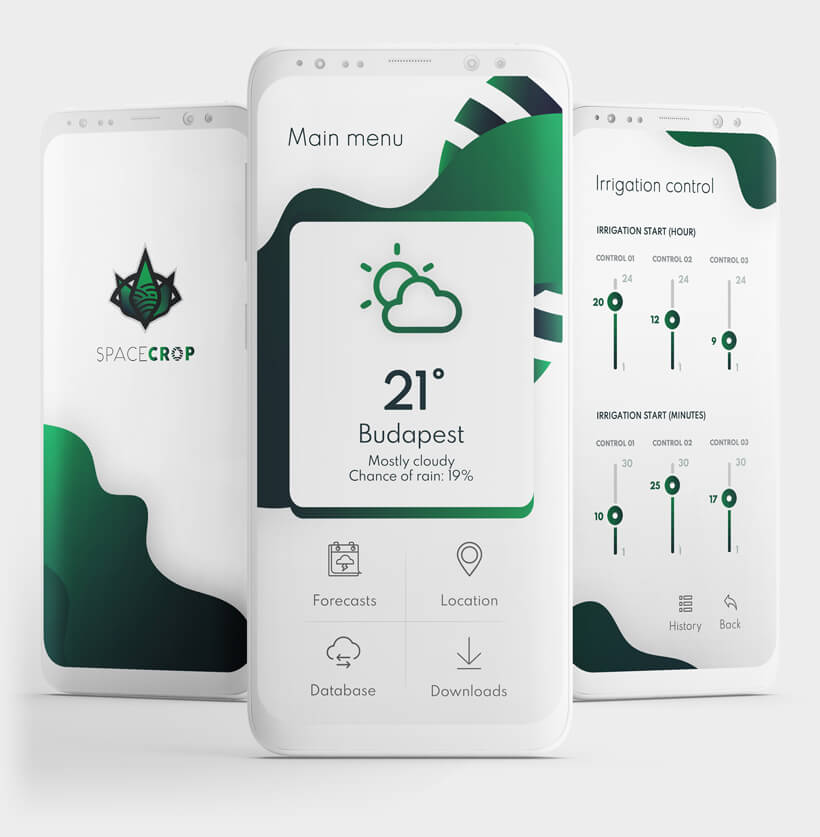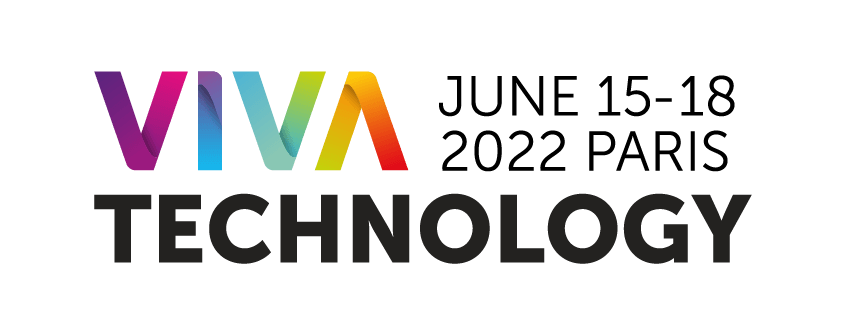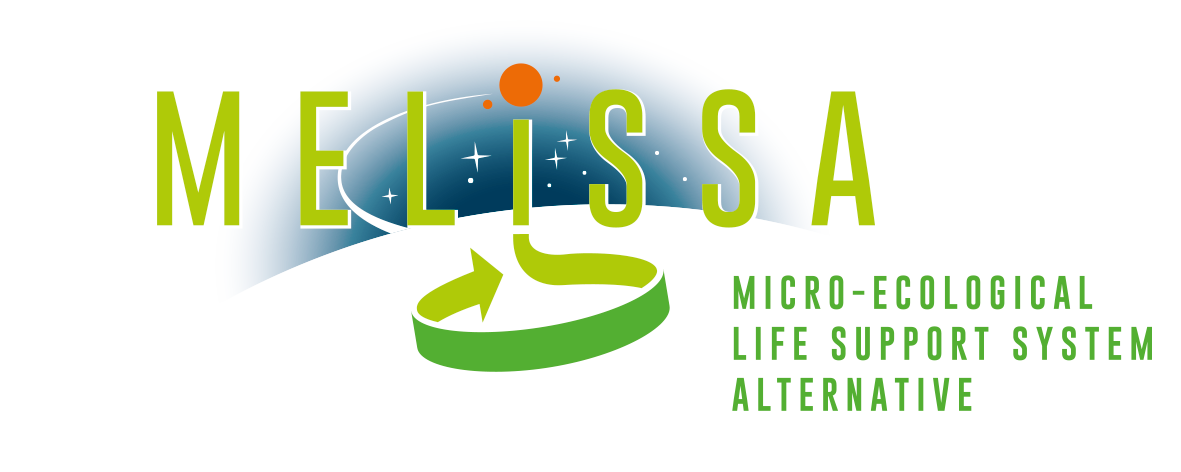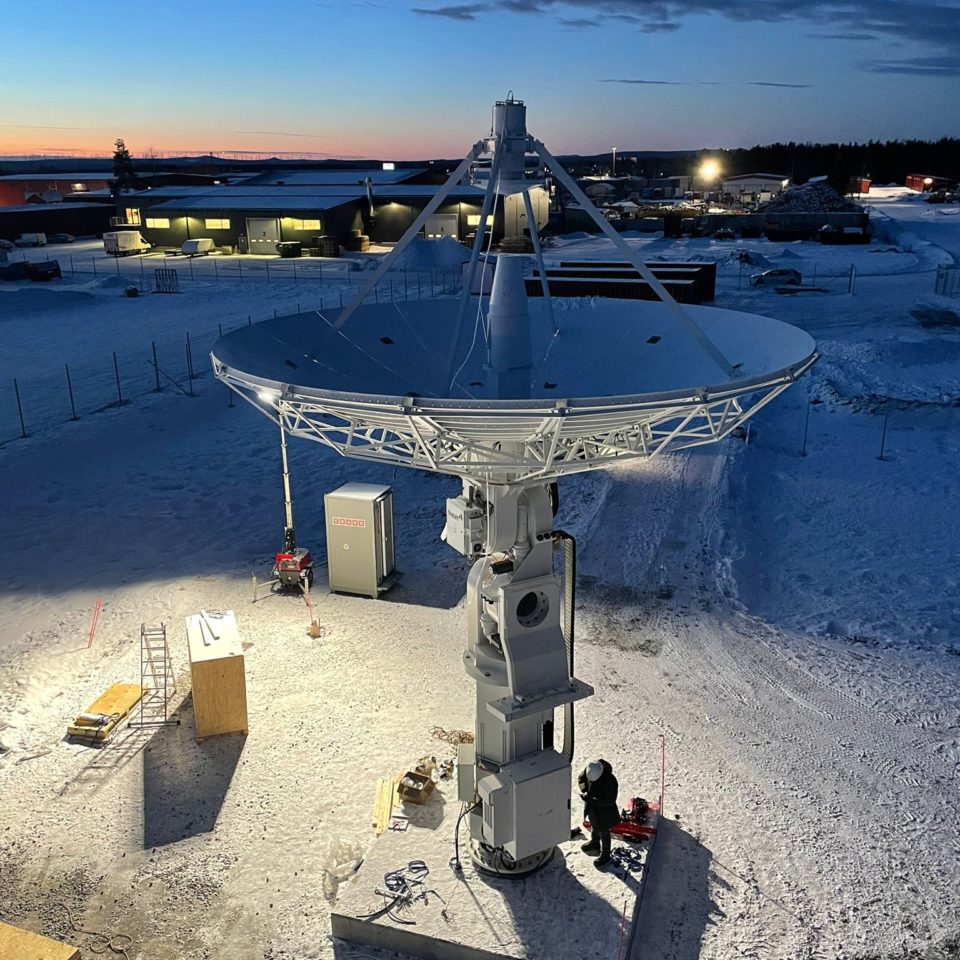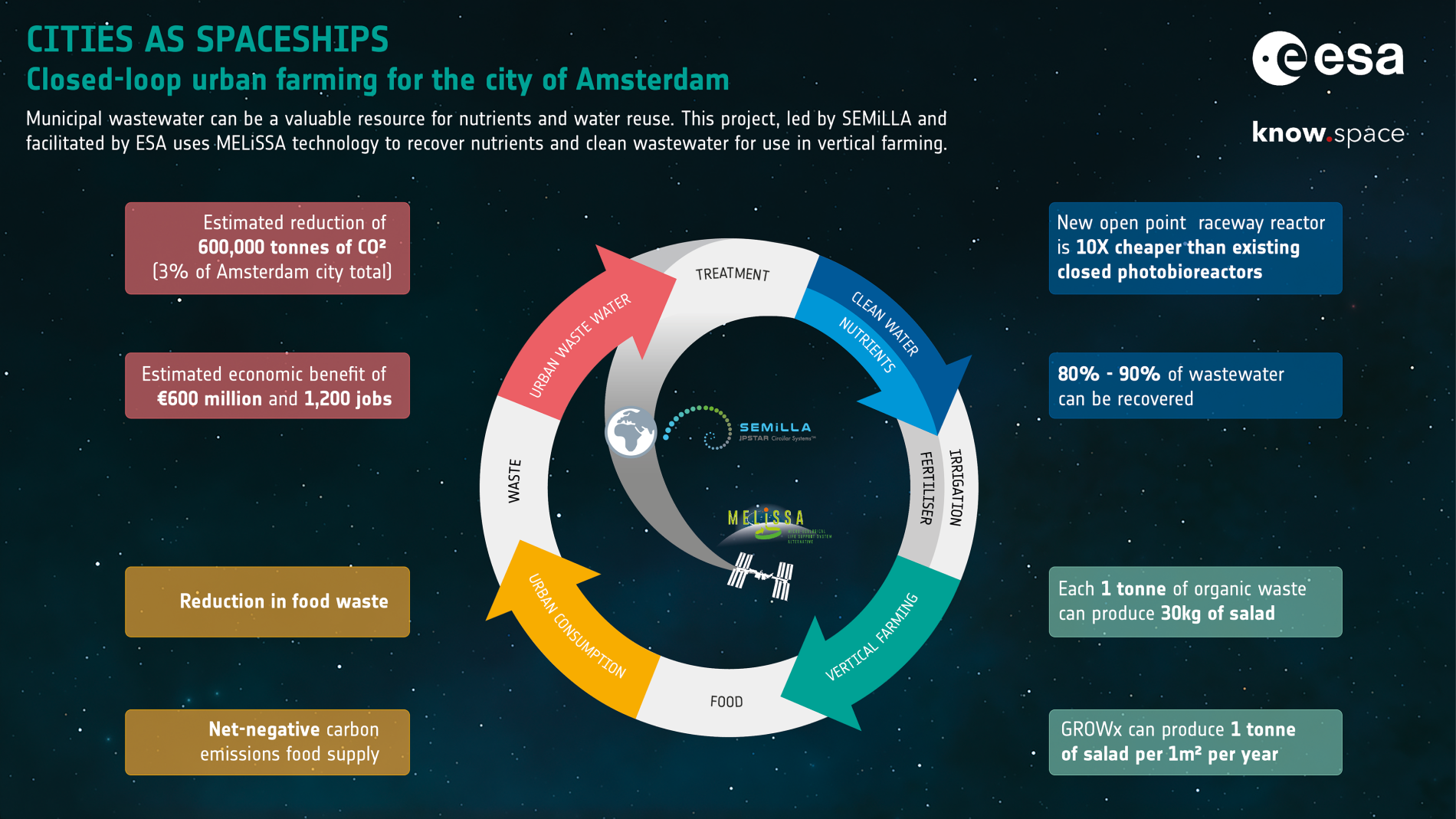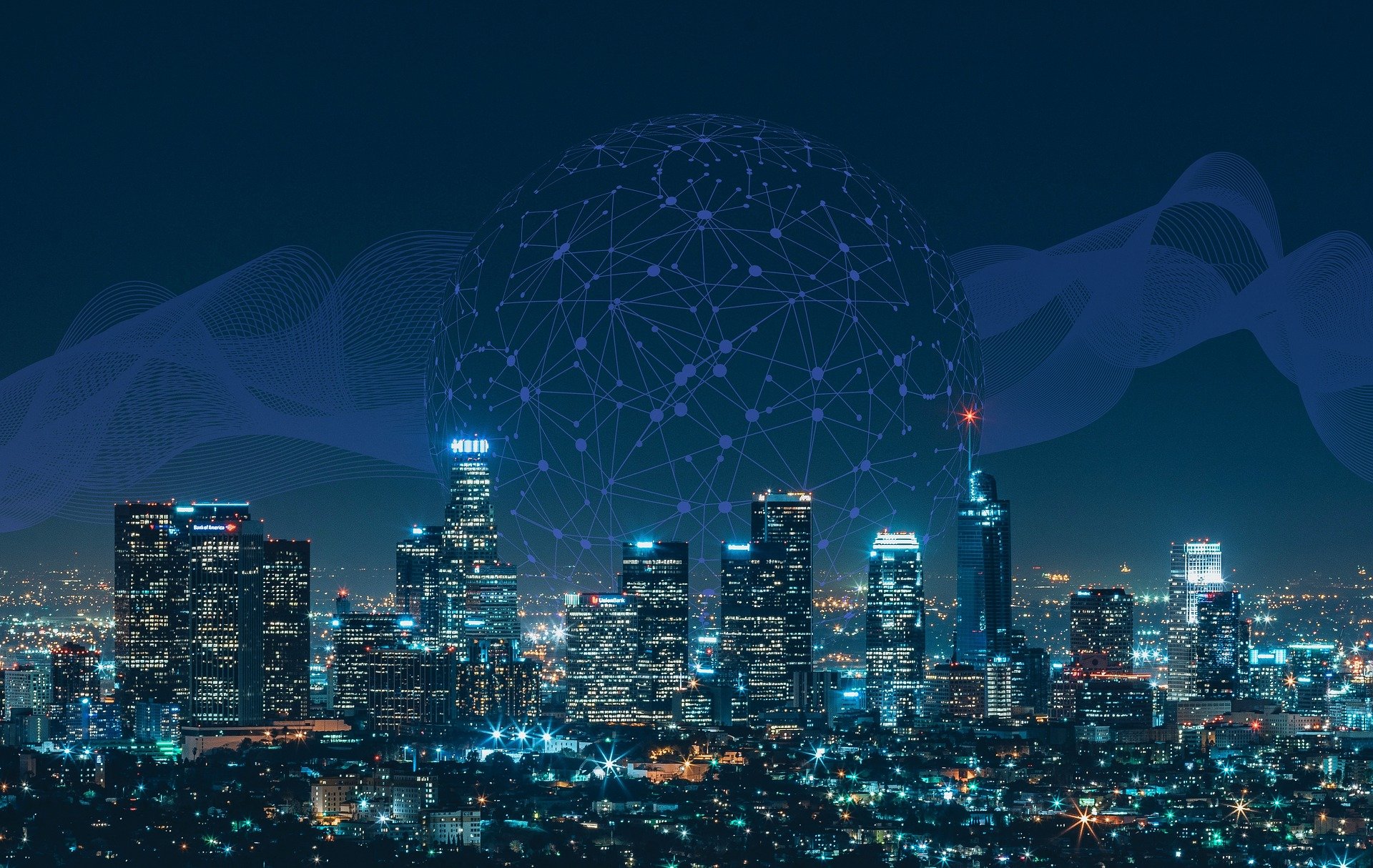Air quality is one of the most important issues facing today’s major cities. Space technology can be very useful in measuring and predicting pollution in certain areas, thanks to the use of satellite and ground data combined with mathematical models. Representatives from the cities of Paris and Los Angeles discussed how to measure and improve air quality on November 19, 2020 in a seminar organised by ESA’s Downstream Gateway department.
The seminar was presented by Donatella Ponziani, Head of the Downstream Gateway Office at ESA, and moderated by Robert Meisner, ESA Earth observation outreach & Φ-Experience coordinator.
Robert Meisner illustrated the three lines of ESA satellites in orbit with their different scopes: scientific research, Earth observation and meteorology. In particular, the Copernicus Sentinel-5P is dedicated to the measurement of air pollution and the concentration of nitrogen dioxide in the atmosphere. Examples were shown of the variation of air pollution in different cities during the COVID-19 pandemic measured by the satellite.
Romain Basthiste, Deputy Head of the Air Quality Department in the Municipality of Paris, presented the AirParif association dedicated to monitoring in real time air quality in the Île-de-France region with the aid of 71 stations and 137 sensing devices, projects voted by Paris citizens with the participative budget related to air and noise pollution and the Bloomberg project, the deployment in 44 schools in Paris of a network of microsensors to check the nitrogen dioxide in the air.
Jeanne Holm, Deputy Mayor for Budget and Innovation in the City of Los Angeles, highlighted the challenges faced by the city, one of the most polluted cities in the US due to its geography and industrial landscape. A huge amount of data is gathered to tackle this issue: satellite data, data from ground sensors and also data from private citizens that install sensors in their yard and share them with the municipality. Next step will be to combine and normalise all this data through a mathematical model and predict the air quality and nitrogen dioxide concentration in specific areas.
Massimiliano Ferrante, ESA engineer, presented the AQP (Air quality platform) project, an assembly kit composed by both hardware and software components to build a portable device capable of sensing local ambient parameters (e.g. temperature, humidity, PM10, PM2.5, CO2, CO, NH3, NO2, position, atmospheric pressure) and send them to a central server. Currently, almost 40 AQPs are located in Europe, providing a good coverage of ground conditions to be combined with satellite data from Sentinel-5P.
Roberta Mugellesi, ESA Business Applications Department, gave an overview of the applications developed to monitor air quality: Aircheckr, which provides an easy to read assessment of the current air quality of an area; Air Portal, a Dashboard based on Earth Observation data to produce a forecast of air quality at a street level; Airmine, an application that helps users find the best route to minimise the exposure to air pollution; uTRAQ, which optimises traffic signals timings to improve air quality and traffic flow in a city; Green Buildings, which integrates outdoor air quality information in the ventilation system of a building to improve the air quality of the indoor environment.
Please find in the following table the presentations of the event.
| Robert Meisner – ESA Earth observation outreach & Φ-Experience coordinator | ESA Earth observation for air quality monitoring | |
| Romain Basthiste – Deputy Head of the Air Quality Department in the Municipality of Paris | Air quality monitoring in the City of Paris | |
| Jeanne Holm – Deputy Mayor for Budget and Innovation in the City of Los Angeles | Predicting What We Breathe | |
| Massimiliano Ferrante – ESA engineer | AQP (Air Quality Platform) Project | |
| Roberta Mugellesi – ESA Business Applications Department | Space for Twin Cities – Air Quality |
You can watch here the full recording of the event.

